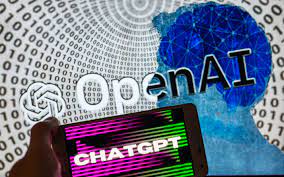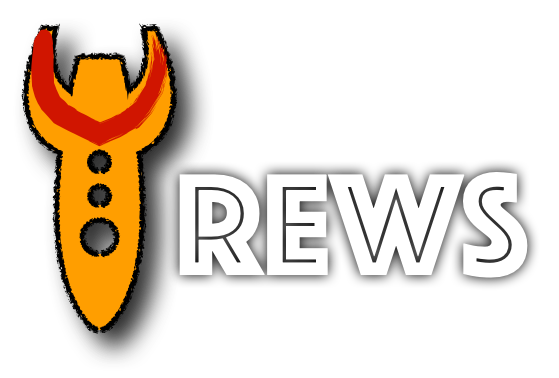ChatGPT is a language model developed by OpenAI, a research company that aims to create and promote friendly AI in a responsible way. The model was first introduced in a paper published in 2019, which was co-authored by a number of researchers and engineers from OpenAI. The lead authors of the paper were Alec Radford, Jeffrey Wu, Rewon Child, David Luan, Dario Amodei, and Ilya Sutskever. The paper describes the model architecture, training process and evaluation results for the model.
-e1673704521390-300x298.png)
What are the Application of ChatGPT
There are many potential applications for ChatGPT and other large language models like it. Some examples include:
- Text generation: ChatGPT can generate human-like text based on a given prompt, which can be used for tasks such as content creation, language translation, and text summarization.
- Dialogue systems: ChatGPT can be used to create conversational agents, such as chatbots or virtual assistants, that can engage in natural language conversation with humans.
- Language understanding: ChatGPT can be used to understand and interpret natural language text, which can be useful for tasks such as sentiment analysis, question answering, and text classification.
- Language model fine-tuning: ChatGPT can also be fine-tuned for specific tasks or domains using a smaller dataset, which can improve its performance for those tasks.
These are just a few examples, and as the field of natural language processing continues to evolve, new applications for ChatGPT and other language models are likely to be discovered.
-e1673704425455-300x300.png)
Research areas with Chat GPT
There are several research areas in which ChatGPT and other large language models like it can be applied. Some examples include:
- Natural Language Processing (NLP): ChatGPT can be used to improve a wide range of NLP tasks, such as text generation, language translation, text summarization, sentiment analysis, question answering, and text classification.
- Dialogue systems: ChatGPT can be used to create conversational agents, such as chatbots or virtual assistants, that can engage in natural language conversation with humans. This can include tasks such as text-to-speech and speech-to-text, automatic speech recognition, and natural language understanding.
- Machine Translation: ChatGPT can be used to improve machine translation models, which can help bridge the language barrier between people.
- Language Model Fine-tuning: ChatGPT can also be fine-tuned for specific tasks or domains using a smaller dataset, which can improve its performance for those tasks.
- Language understanding: ChatGPT can be used to understand and interpret natural language text, which can be useful for tasks such as sentiment analysis, question answering, and text classification.
- Generative models: ChatGPT can be used to create generative models, which can be used to generate new text, images, music, or other types of media.
These are just a few examples, and as the field of natural language processing continues to evolve, new research areas are likely to be discovered.

How ChatGPT can be used with google sheets
ChatGPT can be integrated with Google Sheets in several ways to perform various natural language processing tasks. Here are a few examples:
- Text generation: You can use ChatGPT to generate human-like text based on a prompt or input in a Google Sheet. You could create a script that reads the input from a sheet and generates text using ChatGPT, then writes the output back to the sheet.
- Text classification: You can use ChatGPT to classify text in a Google Sheet into different categories. For example, you could use it to classify customer feedback in a sheet as positive, neutral, or negative.
- Language Translation: You can use ChatGPT to translate text in Google sheet from one language to another.
- Question Answering: You can use ChatGPT to answer questions based on the data in a Google Sheet.
- Sentiment Analysis: You can use ChatGPT to analyze the sentiment of text in a Google Sheet, such as customer feedback or social media posts.
To use ChatGPT with Google Sheets, you would need to use the OpenAI API, which allows you to access the model’s functionality over the internet, and also use the API with a Google Sheets API or a script to extract the data from sheets and pass it to the API for processing and get the results back to the sheet.
Please note that OpenAI API provides paid services and you might need to check with them for the pricing and usage limits.
Want to learn more about ChatGPT? You’re in luck! Contact us to learn how our chatbot and AI solutions are revolutionizing customer service, business operations and communication. Get your questions answered today to see if our services can benefit you!

